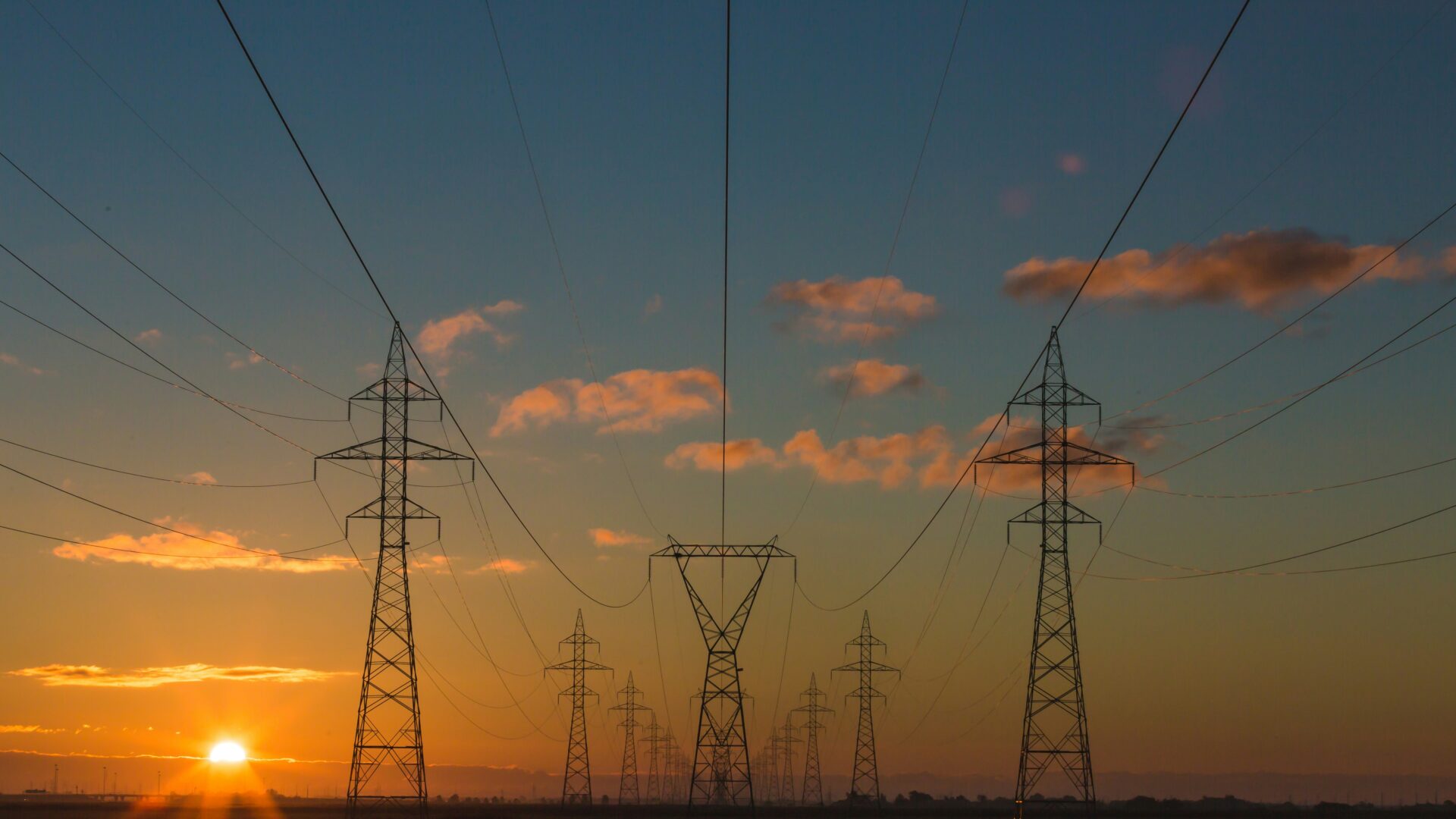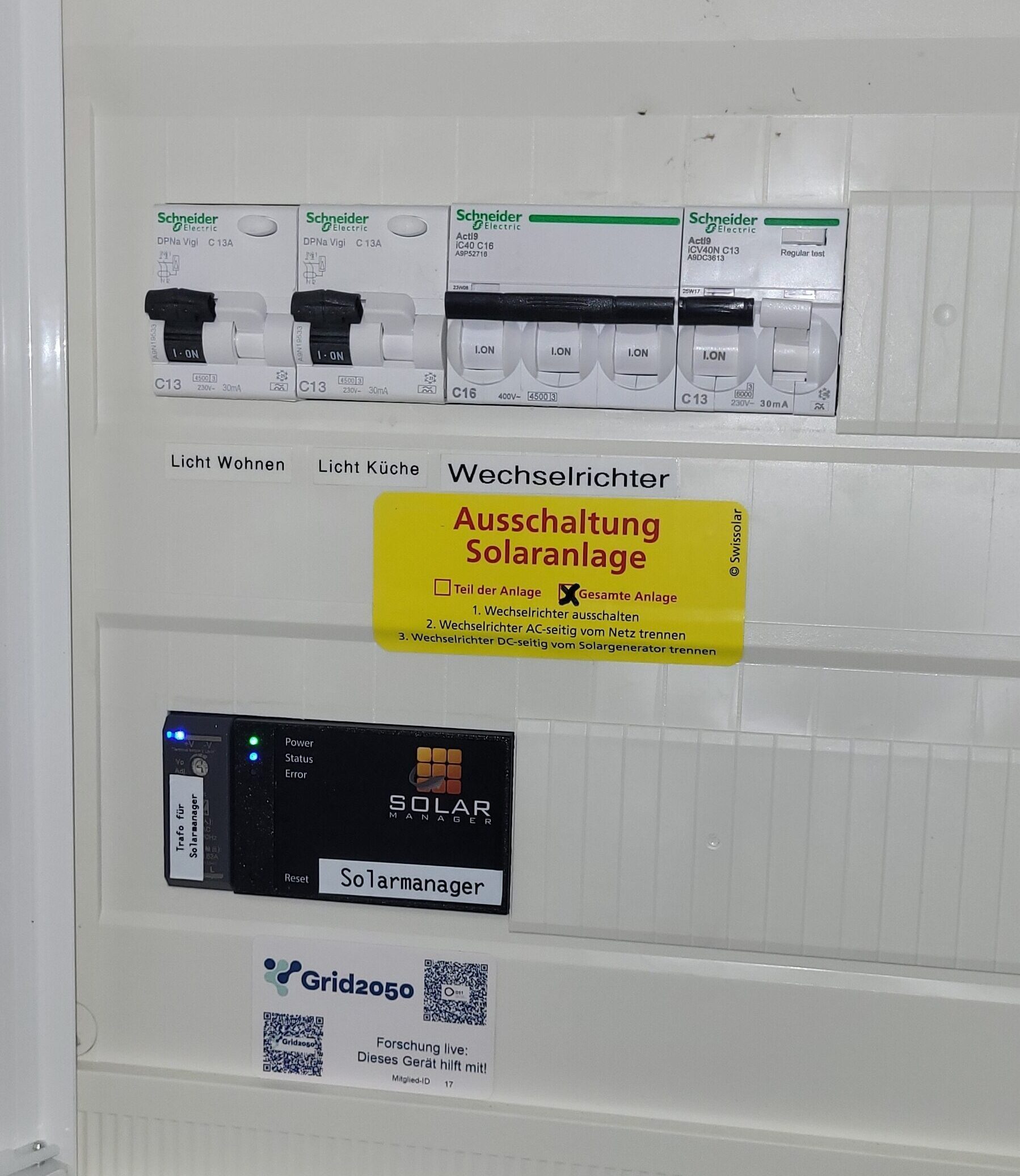
- News
Solar Manager rollout for our test community
An important step in building our test community has been reached, with the installation of 15 Solar Manager Gateways in homes across Walenstadt.
These devices (which communicate with all the main household devices that generate, consume and store energy – solar panels, heat pumps, vehicle chargers and so on) provide valuable functions for the homeowners as well as for our project. Besides letting us control individual household devices, they also provide detailed statistics on the energy produced as well as consumed, and the degree of self-sufficiency achieved in each household. All this data is available through a web platform, so our researchers and utilities, as well as the homeowners, can stay informed. The data logging software will be expanded with visualisation options and additional features, integrated into the centralised Grid2050 platform.
We chose Solar Manager Gateway above other energy management systems after gathering input from the test community, careful evaluation of market offerings, and discussions with the manufacturer to implement some needed refinements. Finally, a team led by Claudio Stucki from OST and André Grünenfelder, together with employees of the Walenstadt Water and Electricity Works (WEW) and project partner Edion AG, carried out the installation and configuration.

How does the installation of a Solar Manager Gateway work?
When a household registers for the test community, we check their device compatibility and (in an on-site visit) access to the network connection. Approximately one day is scheduled for installation, with Edion AG preparing a household Solar Manager account and sending an email through which the homeowners can activate the account and grant access to the data for researchers.
On-site installation is carried out by a WEW electrician, an Edion AG employee and a member of the Grid2050 research team and involves briefly introducing the homeowner to using the Solar Manager app. After all that, the systems are regularly checked in the web application and the data is collected via the programmable interface (API).
All of this is a key element in the construction of the Walenstadt Demonstrator: a municipality-wide network where we are developing and deploying cutting-edge automated systems to manage distributed energy provision, in a close collaboration between industry and research. See the links below for more.